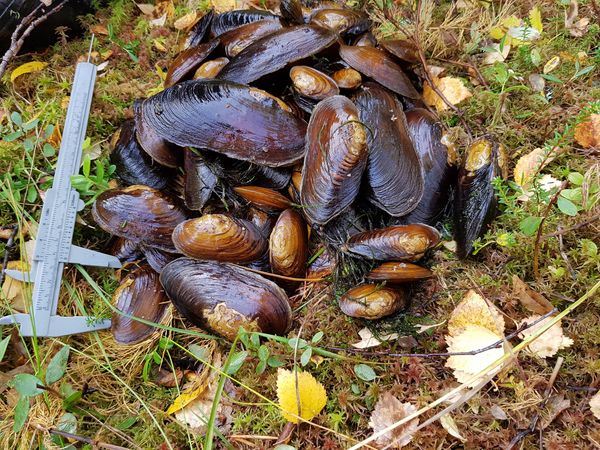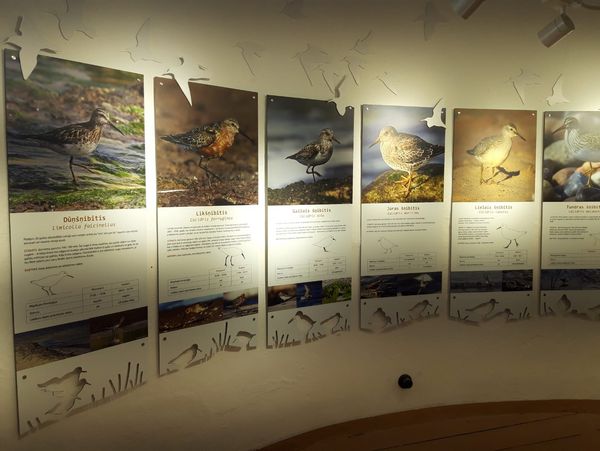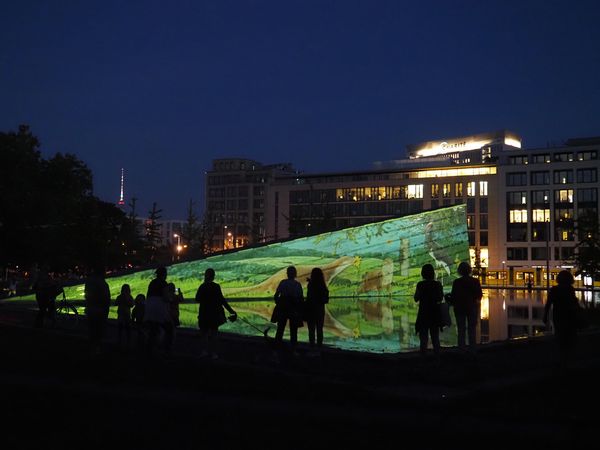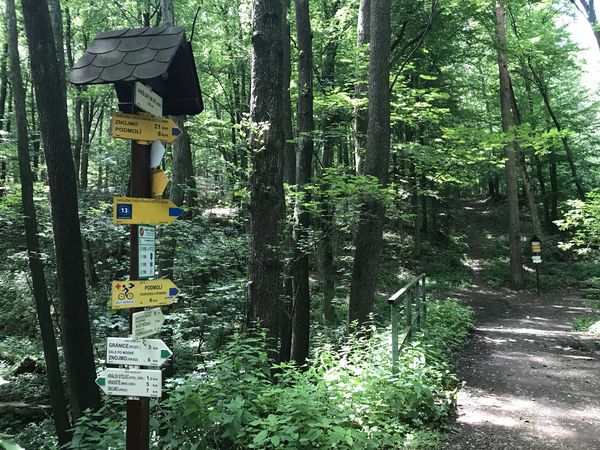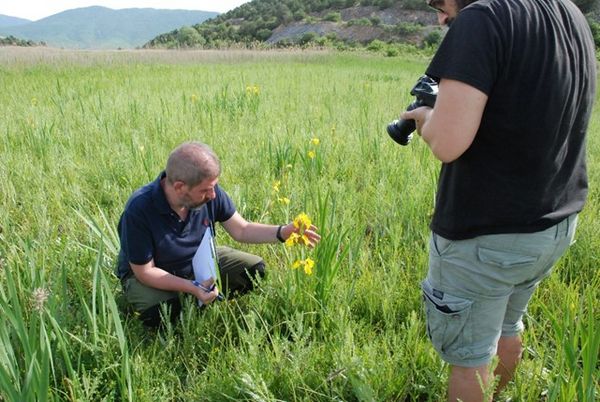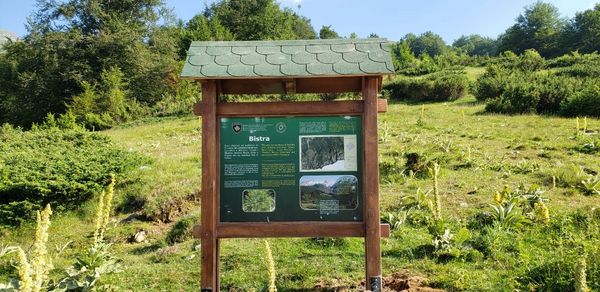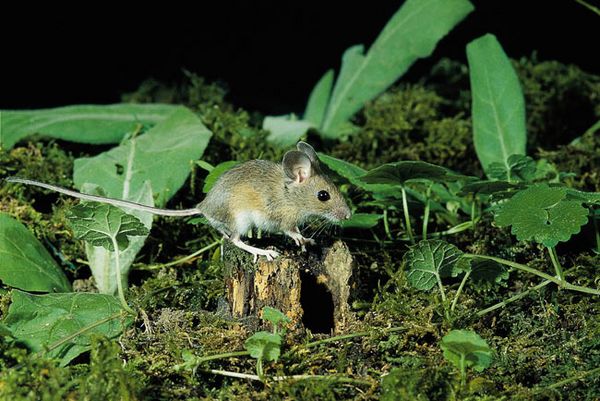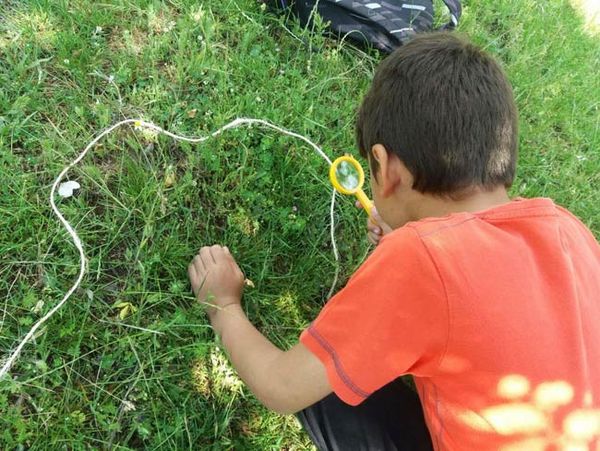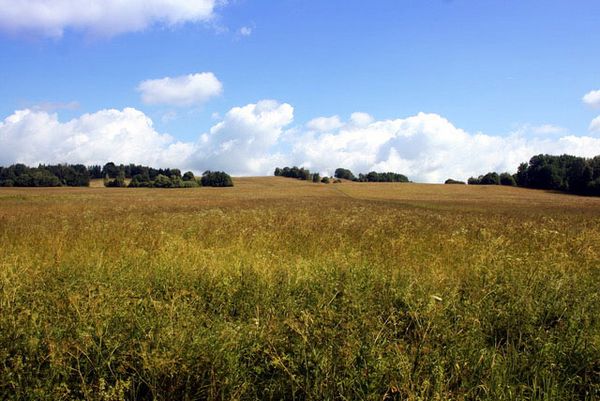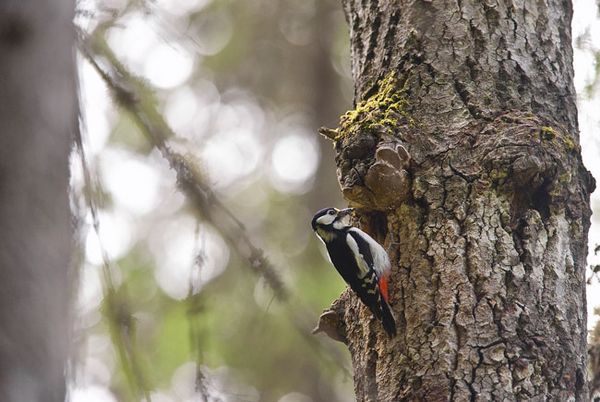News
19/09/2020
Small but with big impact! Freshwater pearl mussels need protection in the uppermost corner of European Green Belt
Populations of the endangered freshwater pearl mussel are studied and new conservation methods developed far north of the EGB, in Fennoscandia. This summer, field mappings of Finnish rivers revealed at least ten unknown populations, laying the basis for further research on the species.
18/09/2020
News from Latvia – a national park shows what it has to offer
In Latvia, the smallest among the four national parks, Slītere National Park, has great things to offer: A new exhibition dedicated to the Calidris waders.
17/09/2020
DaRe to Connect at the Berlin “Festival of Lights”
The project “DaRe to Connect”, led by BUND Department Green Belt, took part at the 2020´s “Festival of Lights” in Germany´s capital Berlin. The “Festival of Lights” aims to set an example of solidarity, unity and togetherness, following an approach of light-art with over 100 works at 86 locations around the city.
10/09/2020
Forests attract people for many reasons – A study of the forests of the European Green Belt
A study is currently underway in South Moravia, focusing on eight large forested areas to study social values of free access to forests of the European Green Belt in Czech Republic. A primary study area is in the vicinity of the Podyje National Park to investigate the diversity, intensity and frequency of human use of forested lands. For this particular site approximately 4,700 users were observed during July, August and September 2019.
02/09/2020
Staying close from a distance – how the Society for the Protection of Prespa in Greece copes with Covid-19
Like millions of other organisations around the globe, the Society for the Protection of Prespa (SPP) tried ambitiously to accommodate the extraordinary demands of working through the Covid-19 pandemic – how has the organisation responded?
13/08/2020
Nature in Kosovo needs strict protection – a project to mark important conservation areas has been launched and shows what we need to value
A strict nature reserve can be incredibly valuabe for nature as conservationists target natural processes to happen without any negative influence. Providing information and marking these protected areas is an educational asset as the Kosovo Institute for Nature Protection shows.
27/07/2020
New study investigates linkages of wildlife populations at the European Green Belt
“Humans divide, nature unites” is a theme of the European Green Belt (EGB) and that of a new study being led by researchers at the Center for Large Landscape Conservation (CLLC) and the University of North Texas. The study is testing the degree to which extent linkages in the landscape along reaches of the EGB in South Bohemia and Moravia (along the border between Czech Republic and Austria) effectively link wildlife populations.
27/07/2020
PrespaNet - strong collaboration for one of the EGB pearls!
At the border triangle, right where the three countries of Greece, Albania and North Macedonia meet, are located the magnificent Prespa lakes. The region is a refuge for several rare and endemic species and hosts important cultural and historical monuments. NGOs in the three countries have worked to foster transboundary collaboration in the region for many years, and in 2013 the Society for the Protection of Prespa (SPP), the Macedonian Ecological Society (MES) and Protection and Preservation of the Natural Environment in Albania (PPNEA) formed PrespaNet, a network of environmental NGOs for Prespa.
27/07/2020
Getting to know the Green Belt - Učíme se Green Belt - Wir lernen das Grüne Band kennen
“In the end, we will conserve only what we love; we will love only what we understand and we will understand only what we are taught.” This famous quote of Baba Dioum, a Senegalese forestry engineer, is the motto of a set of education activities targeted at pupils in the border region of Czech Republic and Germany (Bavaria).
27/07/2020
Study reveals high density of tree cavities at the Fennoscandian Green Belt
Historically isolated from the western booming economies, many of the constitutive habitats of the European Green Belt could retain their original characteristics in space and time. They therefore offer ideal conditions for rare species to thrive and for scientists to study species-habitat relationships in their evolutionary settings.

